Major market players are spending a lot of money on R&D to increase their product lines, which will help the Low-Intensity sweeteners market grow even more. Market participants are also taking various strategic initiatives to grow their worldwide footprint, with key market developments such as new product launches, contractual agreements, mergers and acquisitions, increased investments, and collaboration with other organizations. Competitors in the Low-Intensity sweetener industry must offer cost-effective items to expand and survive in an increasingly competitive and rising market environment.
One of the primary business strategies manufacturers adopt in the Low-Intensity Sweeteners industry to benefit clients and expand the market sector is manufacturing locally to reduce operating costs. The Low-Intensity Sweeteners industry has provided medicine with some of the most significant benefits in recent years. The Low-Intensity Sweeteners Market major player such as Roquette Freres SA (France), Cargill Inc. (US), E.l.
Du Pont de Nemours and Company (US), Mitsui (Japan), Matsutani Chemical Industry Co., Ltd. (Japan), Tate and Lyle (UK), Ingredion (US), NutraSweet Company (US), Südzucker AG (Germany), Purecircle (Malaysia), ZuChem Inc. (US), Food Chem International Corporation (Japan), Gulshan Polyols Limited (India), JK Sucralose Inc. (India), and EcogreenOleochemicals (Singapore), and others are working on expanding the market demand by investing in research and development activities.
Bonumose is an early-stage food ingredient manufacturer specializing in the affordable production of delicious, good-for-you sugars such as tagatose and allulose. Built on innovative enzymatic technology discovered by Dr. Daniel Wichelecki, Bonumose developed a novel platform to produce naturally-occurring ingredients in commercial-scale quantities that would not otherwise be cost-effective or sustainable. Bonumose, Inc announced a strategic collaboration with NOVASEP to develop, design, fabricate, install, and start a complete process line to produce High Purity Rare Sugars, including Tagatose and Allulose, in Virginia, USA. This approval has further broadened the growth opportunity for the Low-Intensity sweeteners industry.
Whole earth brand is a food company enabling healthier lifestyles. It provides access to high-quality plant-based sweeteners, flavor enhancers, and other foods through our diverse portfolio of trusted brands and delicious products. Whole Earth Brands Inc. launched the new Whole Earth allulose baking blends. The launch is the latest for Whole Earth, a brand that meets the needs of consumers looking to reduce or eliminate sugar from their diets. Whole Earth uses these plant-based, zero-calorie, sugar-free baking solutions as more consumers turn to home baking for comfort.
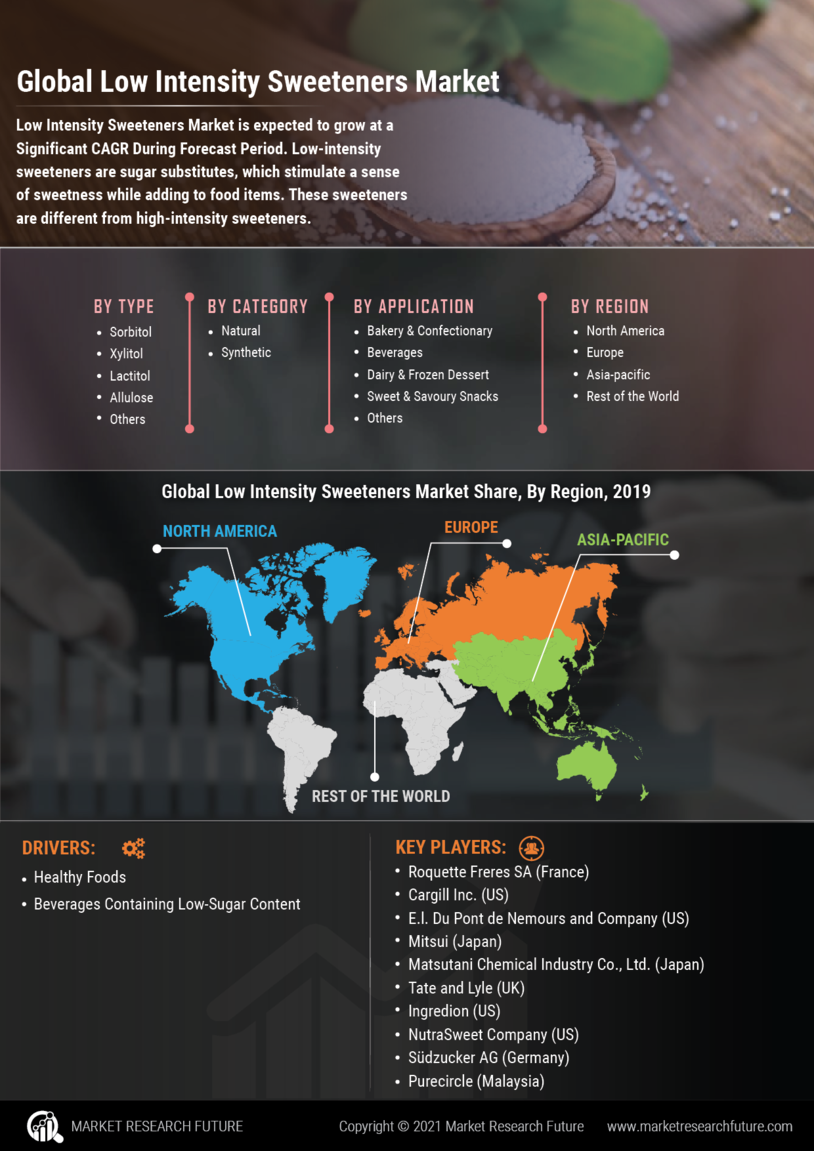

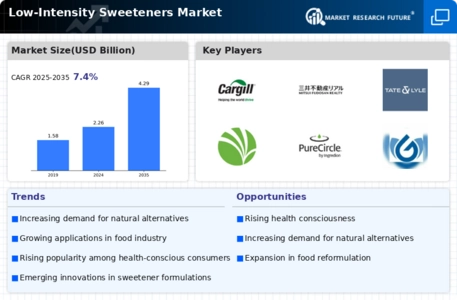
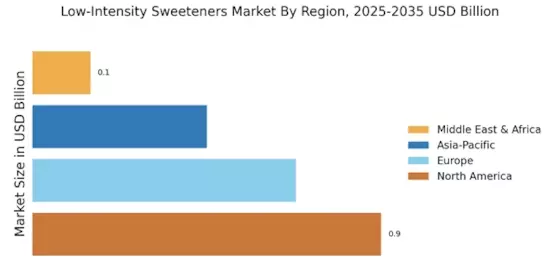
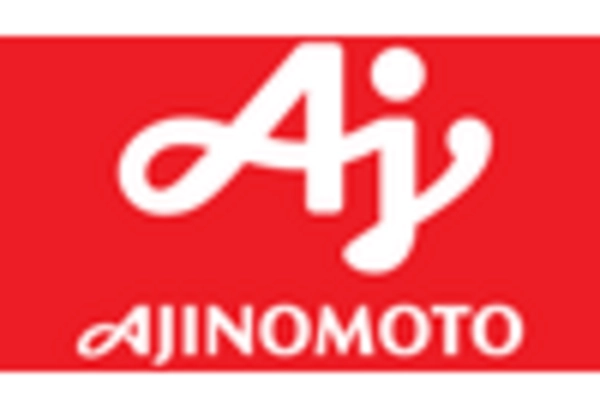


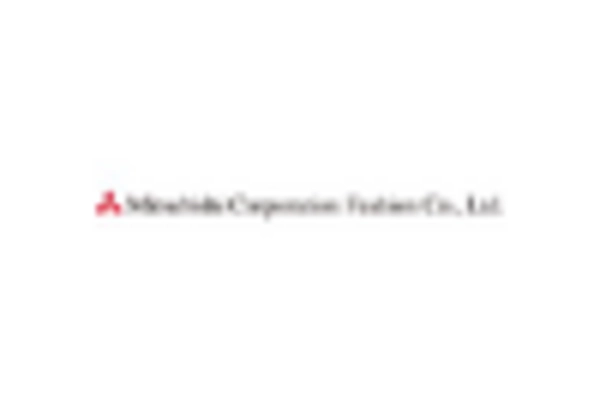

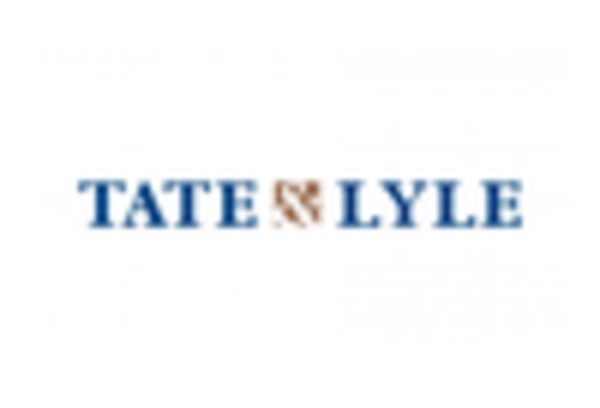








Leave a Comment